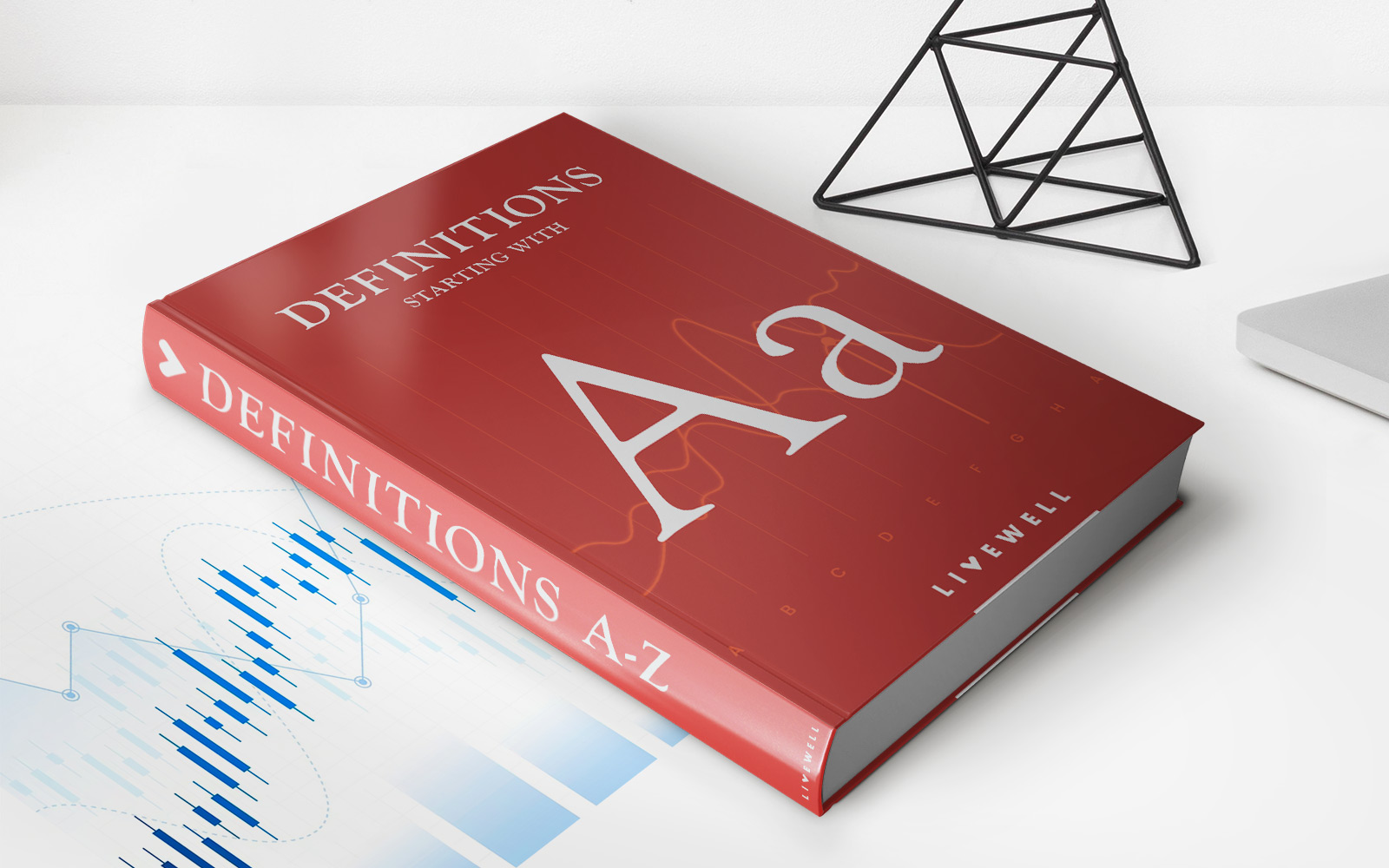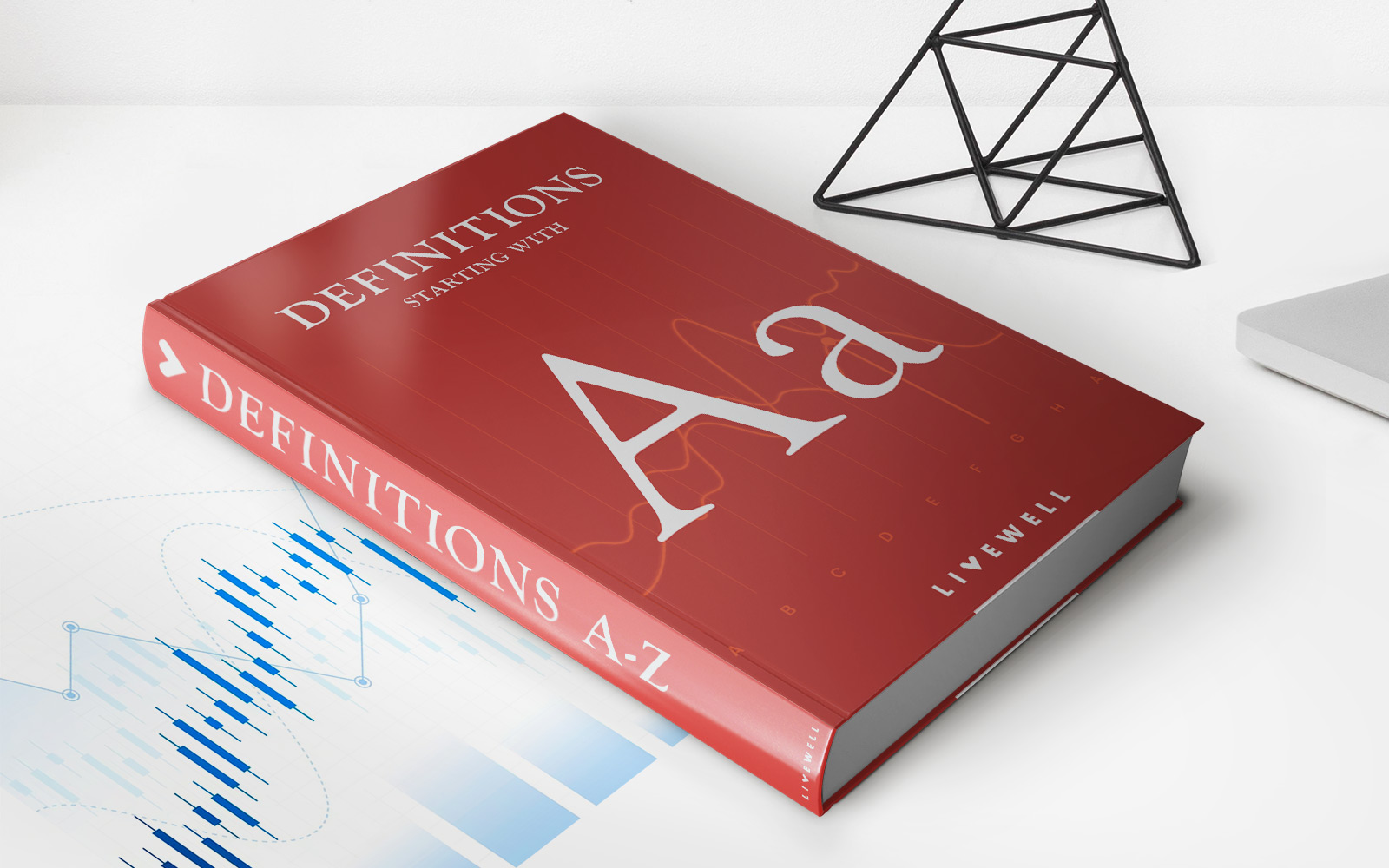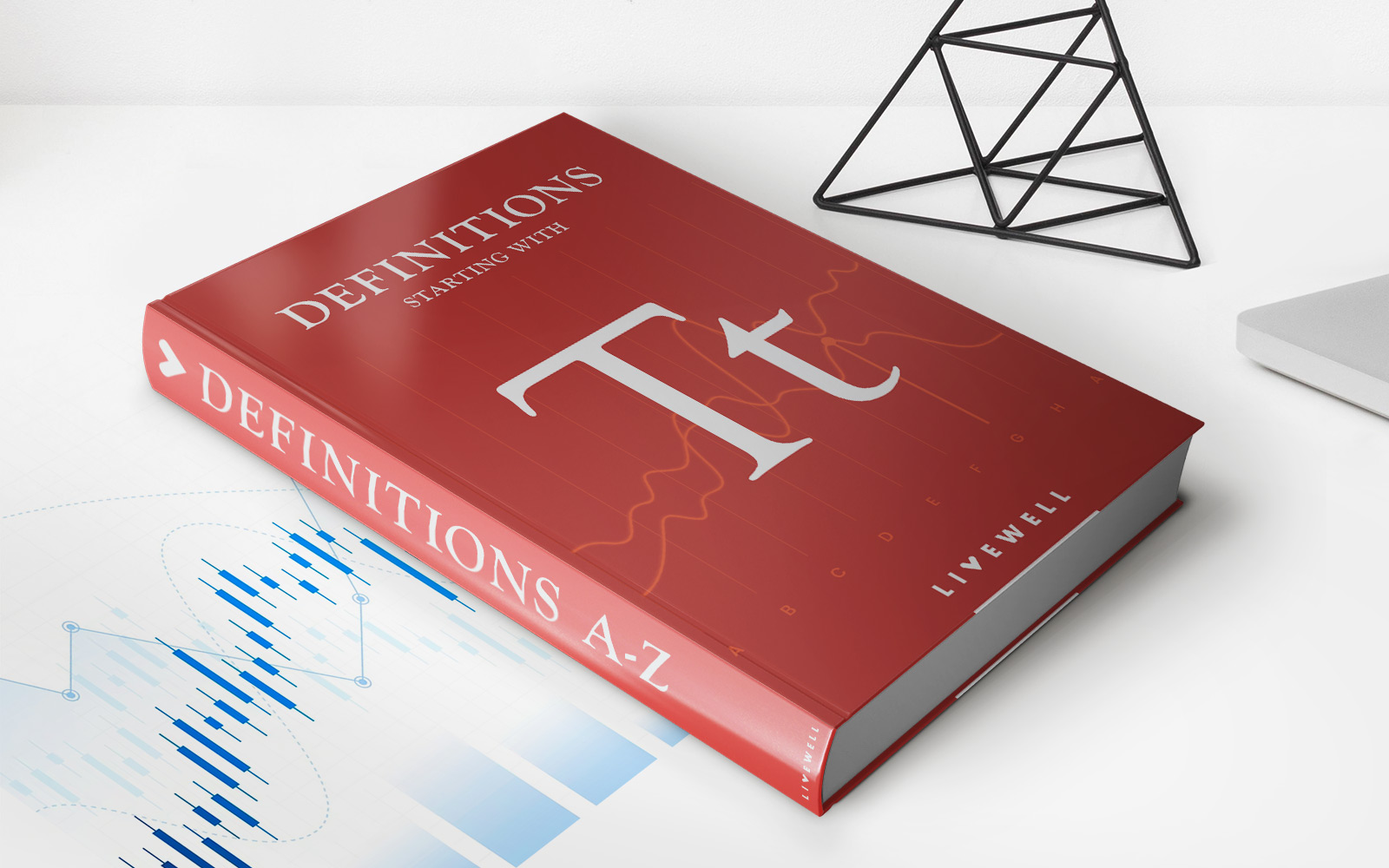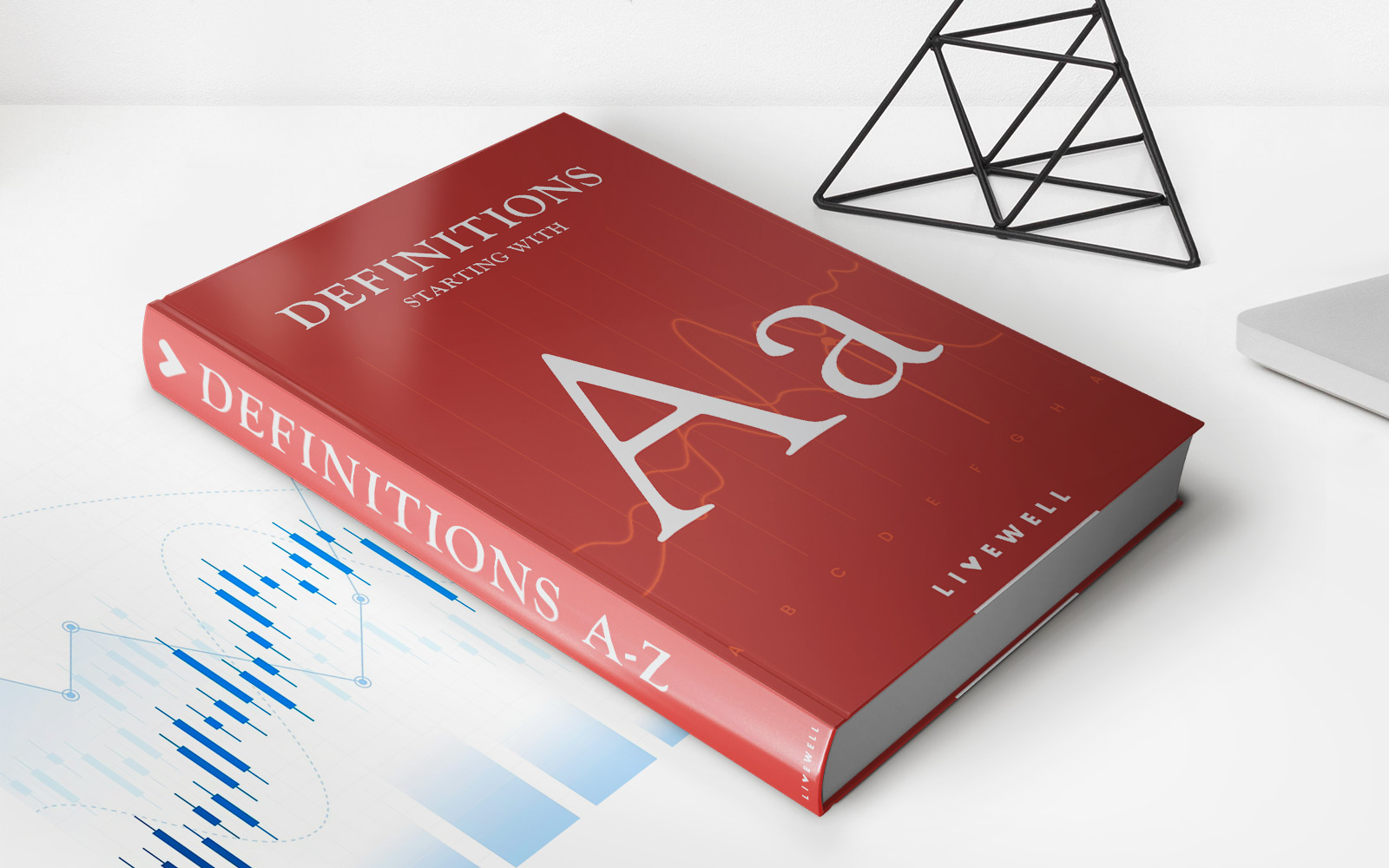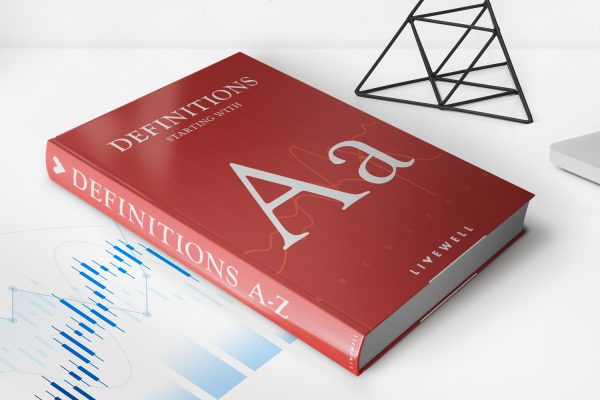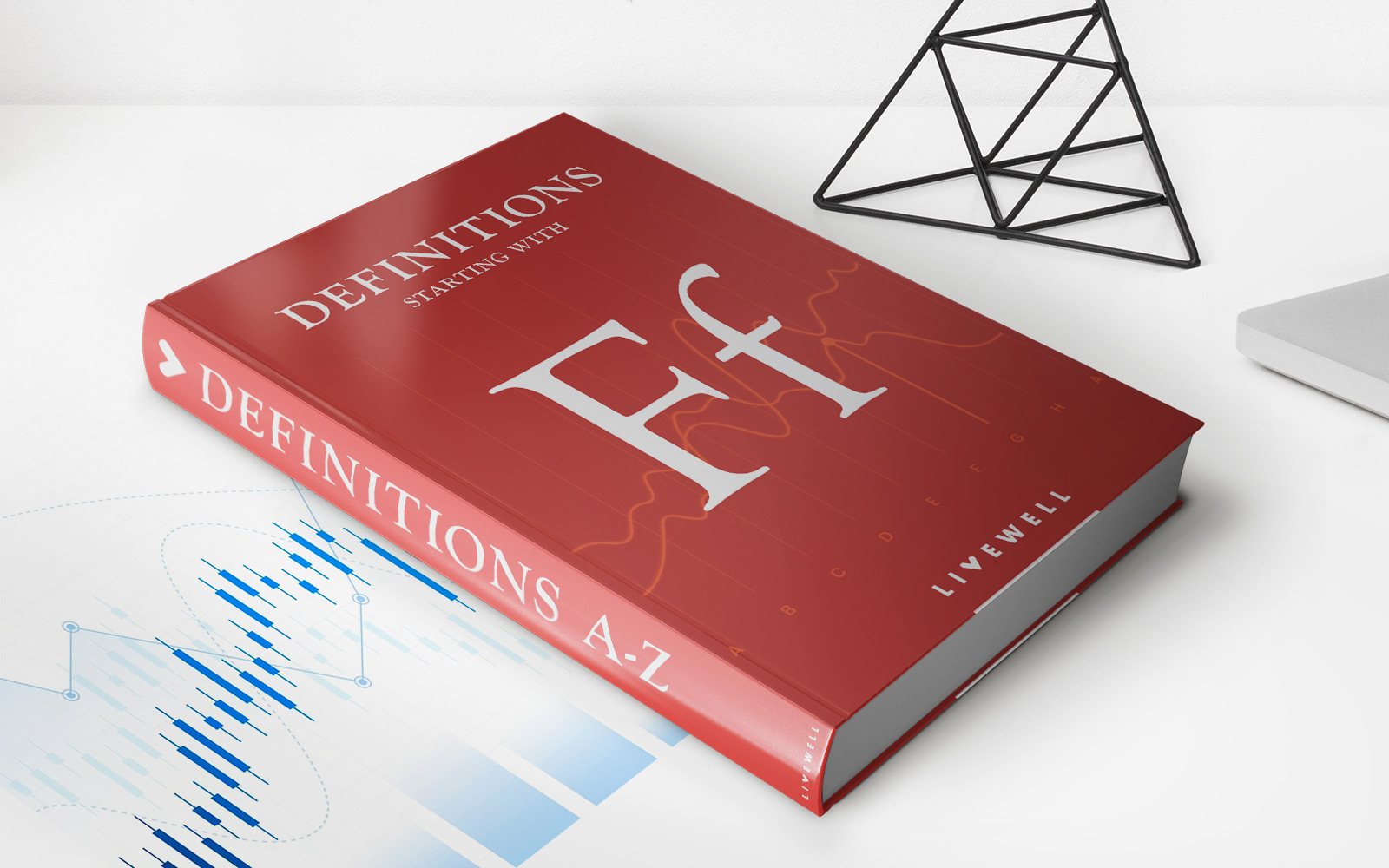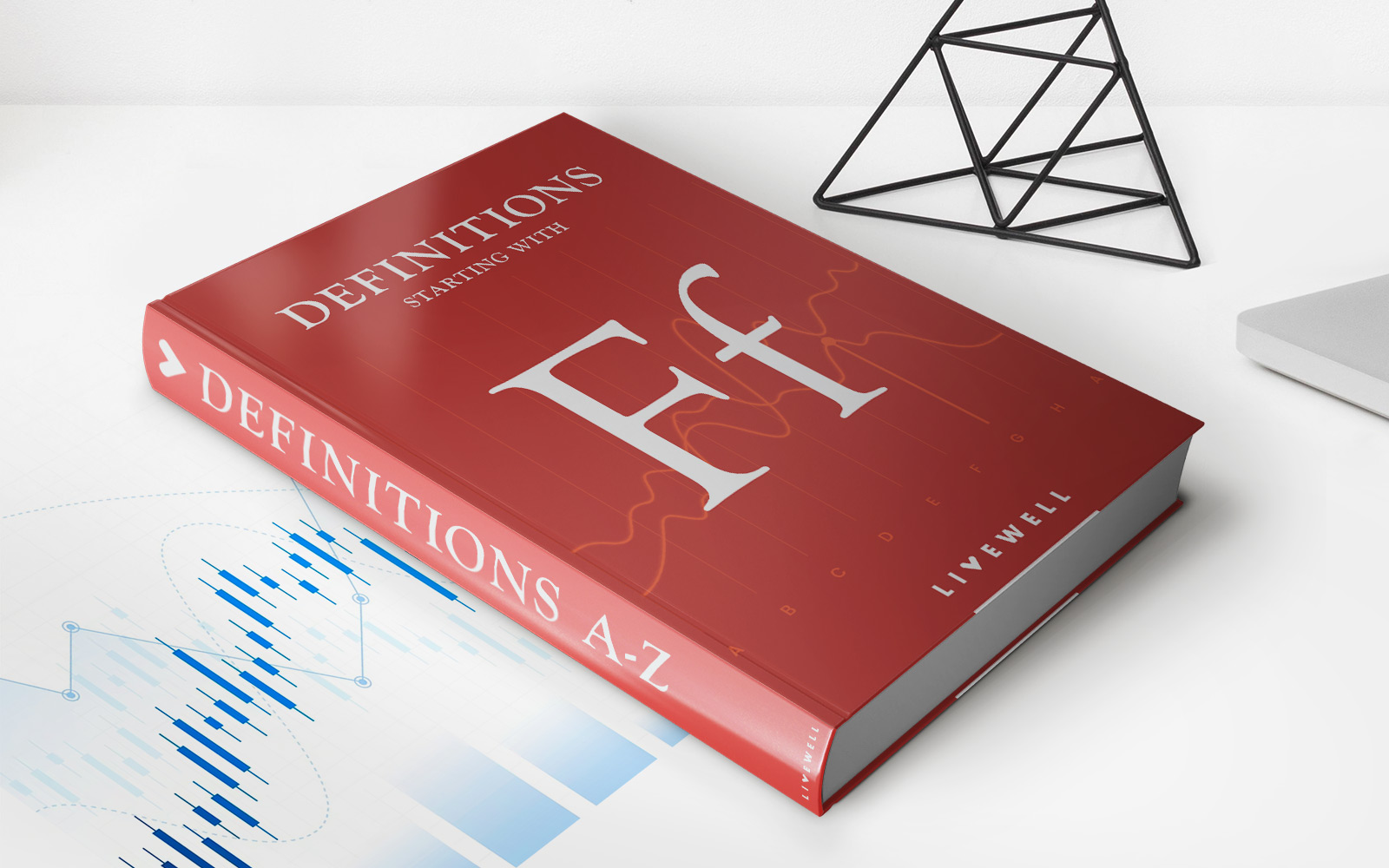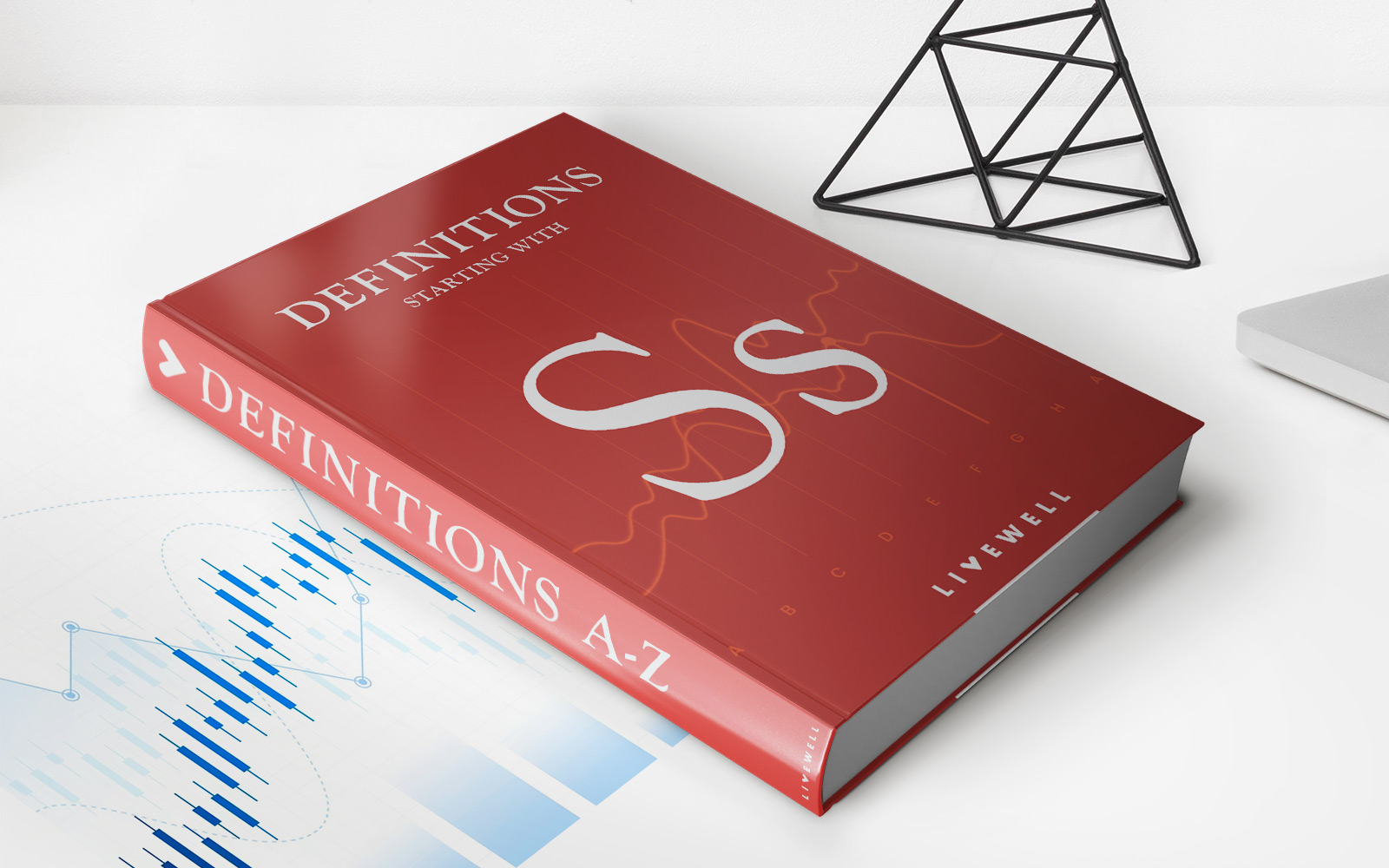

Finance
Sequestered Account Definition
Modified: February 14, 2024
Discover the meaning of a sequestered account in finance and how it impacts your financial management. Gain insights into its definition and importance.
(Many of the links in this article redirect to a specific reviewed product. Your purchase of these products through affiliate links helps to generate commission for LiveWell, at no extra cost. Learn more)
Sequestered Account Definition: Understanding the Basics of Financial Security
In the world of finance, it’s crucial to be well-versed in various terms and concepts that can significantly impact your financial decisions. One such term that often comes up in discussions about financial security is a sequestered account. But what exactly does this term mean? In this blog post, we aim to unravel the sequestered account definition and shed light on its importance.
Key Takeaways:
- A sequestered account is a financial account held by a third party to protect assets from specific risks or to meet specific obligations.
- Sequestered accounts are commonly used in legal proceedings, bankruptcy cases, and pension funds to ensure the security of funds and simplify distribution.
A sequestered account, also known as a segregated account or escrow account, is a financial account set up by a party to safeguard assets from certain risks or to fulfill specific financial obligations. With a sequestered account, the funds are not directly controlled by the account holder, but by a third-party entity such as a bank or financial institution.
Why are sequestered accounts important?
Sequestered accounts serve as a protective measure that safeguards assets from potential risks, ensuring that they are available when needed. These accounts are particularly prevalent in various scenarios, including:
- Legal proceedings: In legal cases involving large sums of money or disputed assets, sequestered accounts can be established to hold funds until the matter is resolved, preventing unauthorized access or misuse of the assets.
- Bankruptcy cases: A sequestered account can be used to segregate funds during bankruptcy proceedings, ensuring that creditors can be paid in a fair and orderly manner.
- Pension funds: Pension funds often use sequestered accounts to safeguard retirement savings, ensuring that employees’ funds are protected and available for distribution upon retirement.
Benefits of sequestered accounts:
Now that we understand the sequestered account definition and its importance, let’s explore some of the key benefits they offer:
- Enhanced security: By entrusting funds to a third-party entity, sequestered accounts provide an added layer of security, shielding the assets from potential misuse or mishandling.
- Facilitates distribution: Sequestered accounts can simplify the process of distributing funds, especially in complex scenarios such as bankruptcy cases or pension fund distributions, ensuring fairness and transparency.
- Reduced risk: By segregating funds, sequestered accounts minimize the risk of commingling assets and ensure that funds are readily available for their designated purpose or obligation.
In conclusion, understanding the sequestered account definition is essential to comprehend the role it plays in financial protection and security. Whether it is in legal proceedings, bankruptcy cases, or pension funds, sequestered accounts provide a safeguard for funds, preventing unauthorized access and enabling a smoother distribution process. By opting for a sequestered account, individuals and organizations can enhance their financial security and mitigate potential risks.
